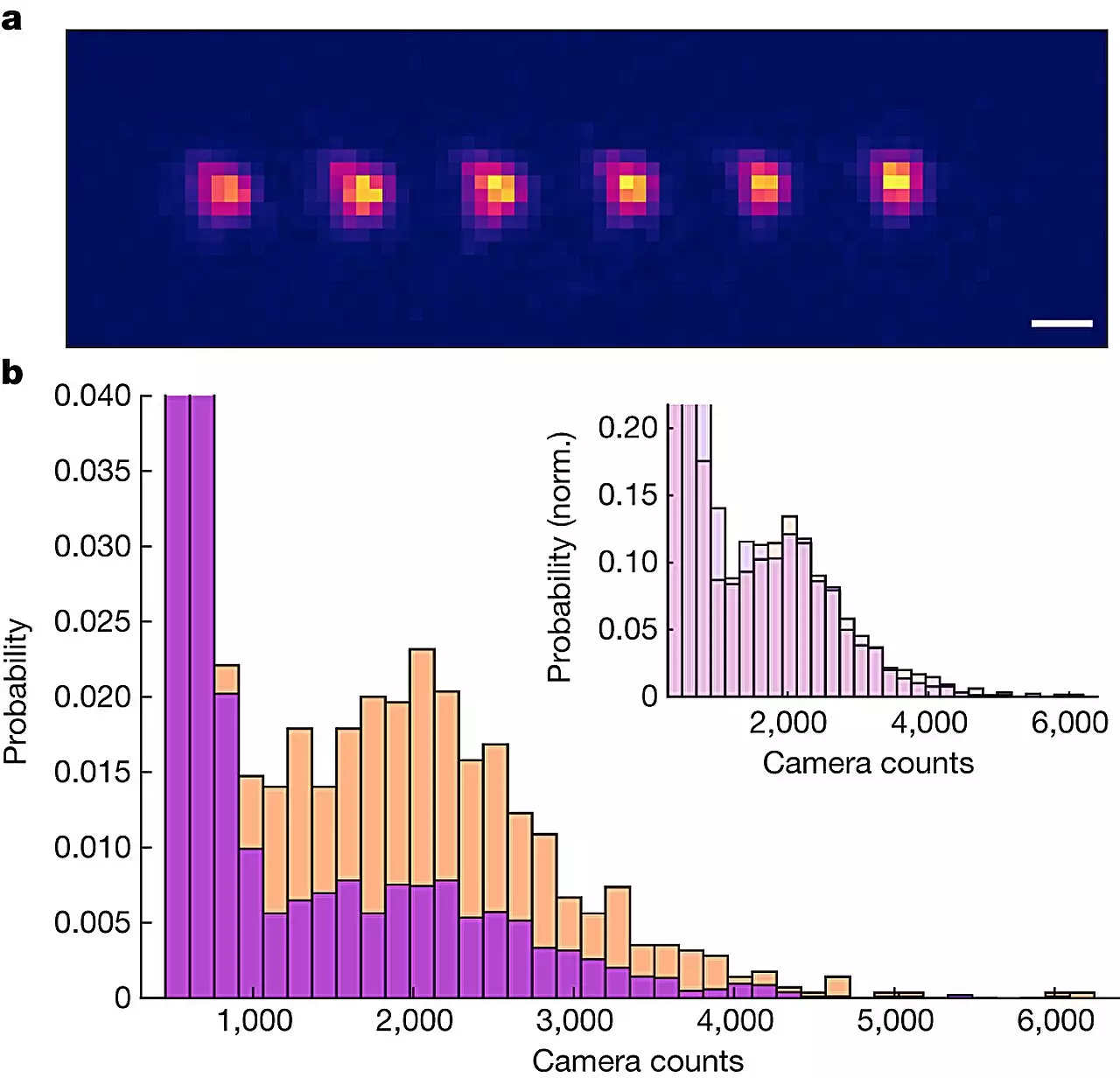The world of quantum physics has always posed immense challenges when it comes to controlling molecules at an individual level. However, a recent breakthrough by a team of physicists at Harvard University has demonstrated the successful trapping of polyatomic molecules in optical tweezers for the first time.
Unlike atoms, molecules come with added complexities such as rotation and vibration, making it difficult to achieve the same level of control. Previous successes have been limited to molecules with only two atoms, leaving those with more atoms largely unexplored. The team’s accomplishment in manipulating a three-atom molecule, CaOH, marks a significant step forward in this field.
The researchers started by isolating multiple molecules in a highly controlled vacuum chamber, cooling them to extremely low temperatures just below 100 microkelvin. By utilizing optical tweezers, they were able to separate and focus on a single molecule, eventually maneuvering it into a quantum ground state. This precise control enabled the imaging of individual molecules without causing any damage, providing crucial insights into their behavior.
One of the key aspects of the experiment was the use of additional lasers to fine-tune the interactions with the molecule’s structure. By carefully adjusting the laser beams, the team could manipulate the molecule’s vibration, rotation, and nuclear spin, paving the way for unprecedented control over its quantum states. Subsequent imaging sessions allowed for a deeper understanding of the effects of these manipulations.
This groundbreaking technique opens up new possibilities for studying other three-atom molecules, expanding the horizons of polyatomic molecular research. The potential applications of this work extend beyond fundamental physics, with implications for areas such as quantum computing, precision measurement, and quantum simulation. As researchers continue to refine these methods, the future of molecular control in quantum systems looks promising.


Leave a Reply